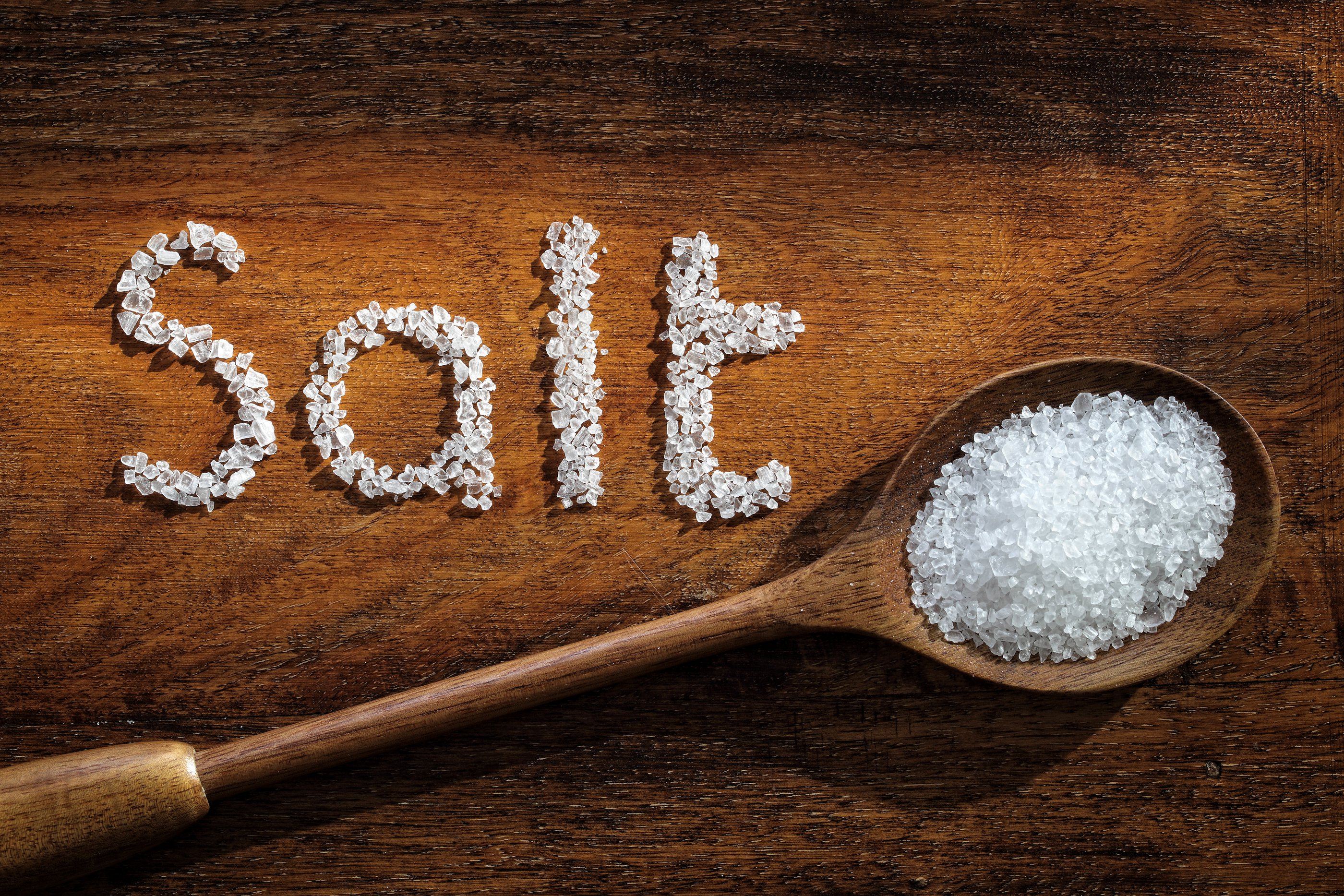
It is difficult to resist the temptation of crisps, fritters, and other prepackaged snacks thanks to their savoury taste. However, as we all know, those foods all contain high levels of salt which can cause health problems upon over-consumption.
Based on American Heart Association data, the salt intake limit for adults is 2,300 mg per day or equal to one teaspoon. If your salt consumption is above the intake limit, you will usually feel thirsty and experience swellings in the tissues. To prevent that, here are a few things you can do after over-consuming salt:
- Drinking a lot of water can help relieve some of the sodium in your kidney. Under a normal condition this can prompt you to urinate more which helps release sodium.
- Consuming foods rich in potassium such as banana, sweet potatoes, or watermelon can help neutralise and lower your body’s sodium level. The foods can also help reduce swelling and lower your blood pressure.
- Physical exercise can improve your blood circulation and enable you to sweat more. Mild exercises such as walking or setting-up can help reduce sodium contained in your body.
To reduce sodium in your food, substitute it with spices and other seasonings such as celery, onion, garlic, pepper, galangal, oregano, chile, or thyme leafs. As well as reducing sodium, those spices are also healthier for your body.
Text by Anggie Triana
Stock photos from Google Search Images
Source(s):
- What to Do After Eating Too Much Salt (2017). https://www.cookinglight.com/eating-smart/nutrition-101/what-to-do-after-eating-too-much-salt-sodium?cid=2017020&XID=time-health-hub, August 02, 2018.
- How to Cleanse Your Body After Eating Too Much Salt (2017). https://www.livestrong.com/article/127640-cleanse-body-after-eating-much/, August 02, 2018.
- 7 Clear Signs You’re Eating Too Much Salt (2018). https://www.rd.com/health/healthy-eating/too-much-sodium/, August 02, 2018.